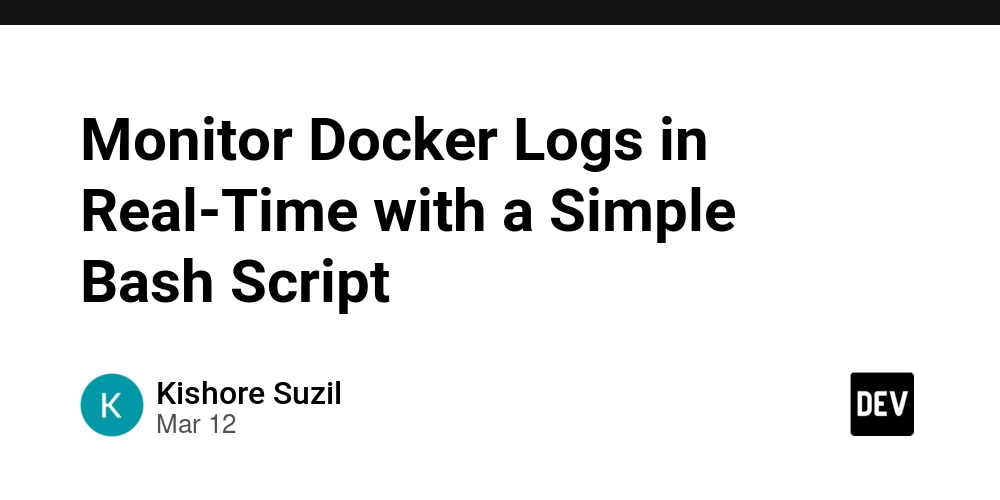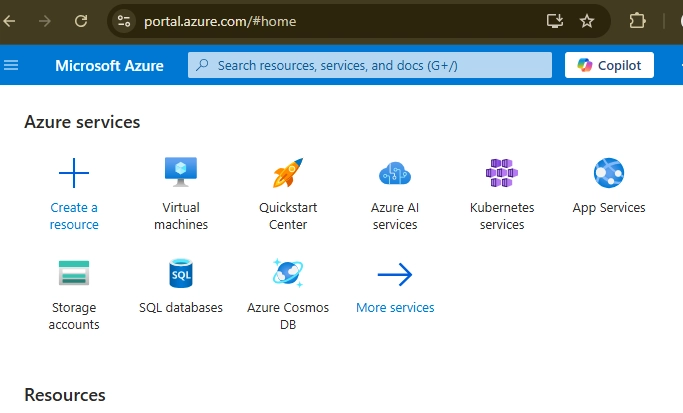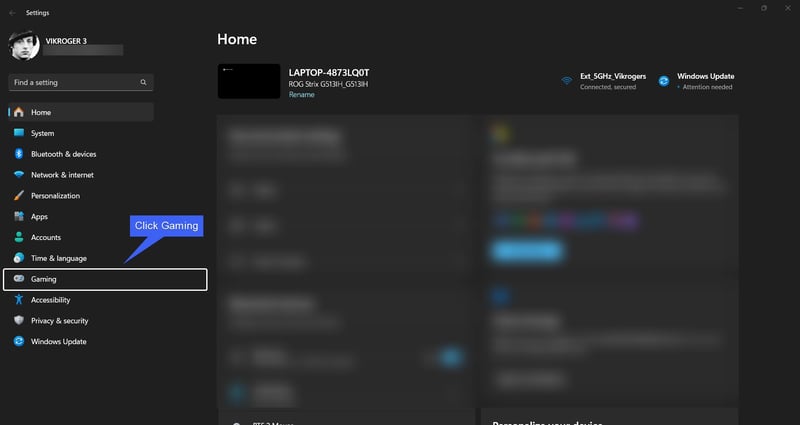Monitor Docker Logs in Real-Time with a Simple Bash Script
Step 1: Ensure Docker is Installed and Running Make sure you have Docker installed and running on your system. To check if Docker is installed, run: docker --version To verify if Docker is running, use: docker ps If Docker is not running, start it using: sudo systemctl start docker Step 2: Create the Log Monitoring Script Open a terminal and create a new script file: vim monitor_docker_logs.sh Copy and paste the following script into the file: #!/bin/bash # Define log file LOG_FILE="consolidated_logs.log" ERROR_LOG_FILE="error_logs.log" # Get list of all running containers CONTAINERS=$(docker ps --format "{{.Names}}") # Check if containers are running if [ -z "$CONTAINERS" ]; then echo "No running containers found. Exiting..." exit 1 fi # Clear previous log files echo "" > $LOG_FILE echo "" > $ERROR_LOG_FILE # Collect logs from all running containers echo "Collecting logs..." for CONTAINER in $CONTAINERS; do echo "--- Logs from $CONTAINER ---" >> $LOG_FILE docker logs --tail 100 $CONTAINER >> $LOG_FILE 2>&1 echo "\n" >> $LOG_FILE done echo "Logs consolidated in $LOG_FILE" # Monitor logs for errors echo "Scanning for errors..." grep -i "error" $LOG_FILE > $ERROR_LOG_FILE if [ -s $ERROR_LOG_FILE ]; then echo "Errors found! Check $ERROR_LOG_FILE for details." else echo "No errors found." fi # Real-time monitoring (optional) echo "Monitoring logs in real-time..." tail -f $LOG_FILE Step 3: Grant Execute Permissions Make the script executable by running: chmod +x monitor_docker_logs.sh Step 4: Run the Script Start the script by executing: ./monitor_docker_logs.sh Step 5: Check the Log Files Once the script runs, it will generate two log files: consolidated_logs.log → Contains all logs from running containers. error_logs.log → Extracts error messages from the logs. To view the logs, use: cat consolidated_logs.log To check for errors, use: cat error_logs.log Step 6: Keep Monitoring Logs in Real-Time (Optional) To continuously monitor logs, use: tail -f consolidated_logs.log Step 7: Stop the Script If you want to stop real-time monitoring, press CTRL + C.

Step 1: Ensure Docker is Installed and Running
Make sure you have Docker installed and running on your system.
To check if Docker is installed, run:
docker --version
To verify if Docker is running, use:
docker ps
If Docker is not running, start it using:
sudo systemctl start docker
Step 2: Create the Log Monitoring Script
Open a terminal and create a new script file:
vim monitor_docker_logs.sh
Copy and paste the following script into the file:
#!/bin/bash
# Define log file
LOG_FILE="consolidated_logs.log"
ERROR_LOG_FILE="error_logs.log"
# Get list of all running containers
CONTAINERS=$(docker ps --format "{{.Names}}")
# Check if containers are running
if [ -z "$CONTAINERS" ]; then
echo "No running containers found. Exiting..."
exit 1
fi
# Clear previous log files
echo "" > $LOG_FILE
echo "" > $ERROR_LOG_FILE
# Collect logs from all running containers
echo "Collecting logs..."
for CONTAINER in $CONTAINERS; do
echo "--- Logs from $CONTAINER ---" >> $LOG_FILE
docker logs --tail 100 $CONTAINER >> $LOG_FILE 2>&1
echo "\n" >> $LOG_FILE
done
echo "Logs consolidated in $LOG_FILE"
# Monitor logs for errors
echo "Scanning for errors..."
grep -i "error" $LOG_FILE > $ERROR_LOG_FILE
if [ -s $ERROR_LOG_FILE ]; then
echo "Errors found! Check $ERROR_LOG_FILE for details."
else
echo "No errors found."
fi
# Real-time monitoring (optional)
echo "Monitoring logs in real-time..."
tail -f $LOG_FILE
Step 3: Grant Execute Permissions
Make the script executable by running:
chmod +x monitor_docker_logs.sh
Step 4: Run the Script
Start the script by executing:
./monitor_docker_logs.sh
Step 5: Check the Log Files
Once the script runs, it will generate two log files:
-
consolidated_logs.log→ Contains all logs from running containers. -
error_logs.log→ Extracts error messages from the logs.
To view the logs, use:
cat consolidated_logs.log
To check for errors, use:
cat error_logs.log
Step 6: Keep Monitoring Logs in Real-Time (Optional)
To continuously monitor logs, use:
tail -f consolidated_logs.log
Step 7: Stop the Script
If you want to stop real-time monitoring, press CTRL + C.













































































































































































![[The AI Show Episode 142]: ChatGPT’s New Image Generator, Studio Ghibli Craze and Backlash, Gemini 2.5, OpenAI Academy, 4o Updates, Vibe Marketing & xAI Acquires X](https://www.marketingaiinstitute.com/hubfs/ep%20142%20cover.png)


























































































































![[FREE EBOOKS] The Kubernetes Bible, The Ultimate Linux Shell Scripting Guide & Four More Best Selling Titles](https://www.javacodegeeks.com/wp-content/uploads/2012/12/jcg-logo.jpg)



![From drop-out to software architect with Jason Lengstorf [Podcast #167]](https://cdn.hashnode.com/res/hashnode/image/upload/v1743796461357/f3d19cd7-e6f5-4d7c-8bfc-eb974bc8da68.png?#)






































































































.png?#)





.jpg?#)































_Christophe_Coat_Alamy.jpg?#)








































































































![Rapidus in Talks With Apple as It Accelerates Toward 2nm Chip Production [Report]](https://www.iclarified.com/images/news/96937/96937/96937-640.jpg)







































































































































